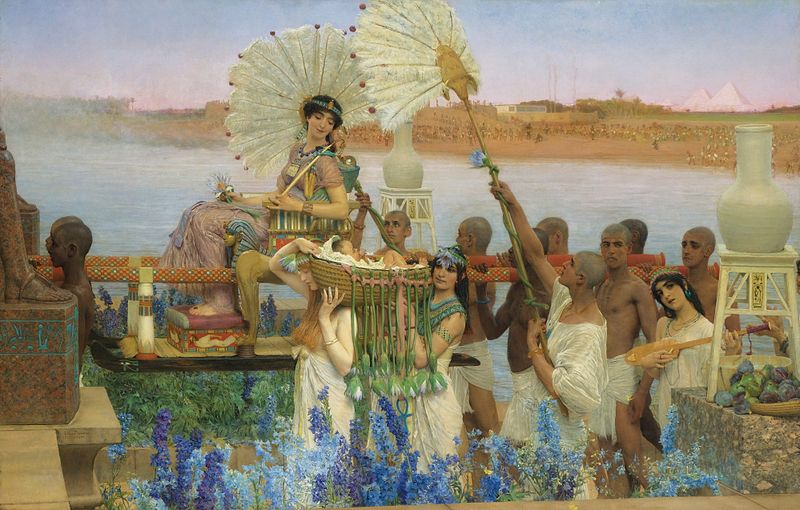Shabbat Shmot Shalom

by Phyllis Chesler
I believe that each time we read the Torah anew, we are gifted with a new parsha. We see something we haven’t seen before. Today, for the first time, I have this question: Even if a new Pharaoh feared how numerous and how strong the Hebrew men had become (1:9)—that’s precisely whom he needed to build his pyramids. Why kill them? (1:16). Did Hebrew women toil at the same back-breaking labor? Not likely.
I am also newly in awe of how swiftly the narrative moves. Moshe is born, set adrift, found, adopted, grows up, kills the Egyptian taskmaster, flees Egypt, and marries Yitro’s daughter Zipporah—all in 275 words.
I published a D’var Torah twelve years ago at Israel National News that suggests that Moshe is a more evolved Yosef—but also an anti-Yosef. Why? Yosef helps Egypt store up food against a coming famine and Moshe is part of God’s plan to “spoil” Egypt and to render her bare of food, food sources, first-borns, jewelry, and clothing—back pay/payback for the 210 years of slavery.
How do we know that Moshe is Egyptian royalty? According to Rabbi Michael Shmidman, Moshe has unlimited access to Pharaoh’s palace. No one stops him when he enters. Moshe is recognized as an “eesh Mitzri” (2:19) in Midian where he meets and weds Yitro’s daughter Zipporah. Does Moshe wear Egyptian jewelry? Have a tattoo? A shaved head?
This much is clear: Moshe has not been broken by slavery. He is not afflicted with “kotzer ruach,” a shortness of spirit, a lack of generosity, an absence of vision, which oppression causes. This particular understanding has always drawn me near.
Shabbat Shalom.